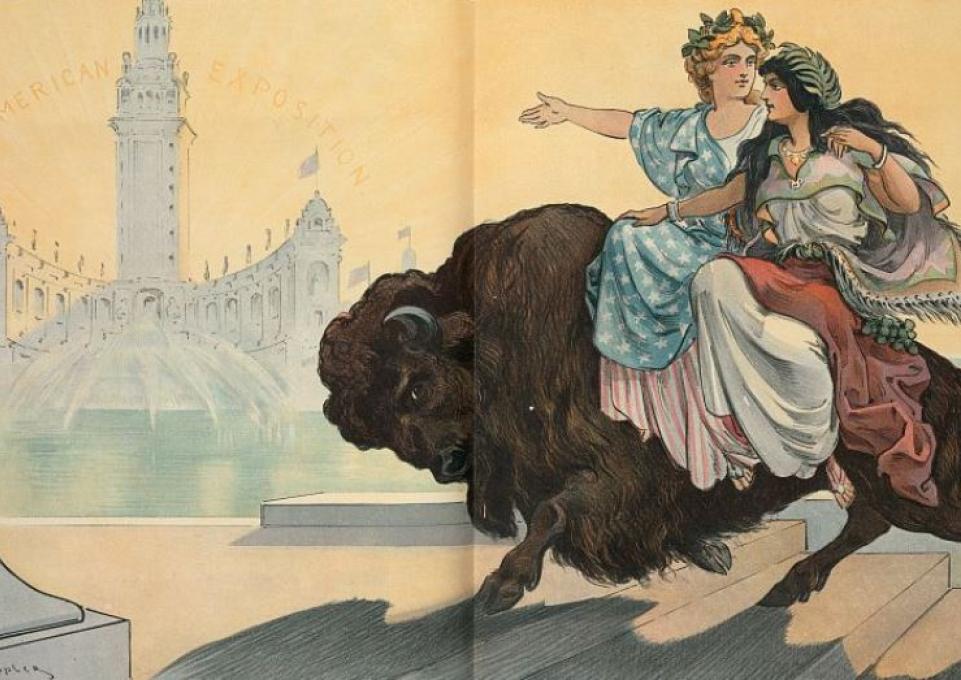
Buffalo is a living museum for anyone studying American history from the time when the Gilded Age (about 1870 to 1900) faded and the twentieth century began. Thanks to a $179,000 grant from the National Endowment for the Humanities, 72 teachers will take part in Buffalo’s Pan-American Exposition and Ideas of Progress. Two one-week workshops will take place in July. Jill M. Gradwell, associate professor of history and social studies education, is the project director of the grant, part of the NEH’s Landmarks of American History and Culture Workshops for School Teachers.
Gradwell taught global history and geography in high school before earning her Ph.D. “My research centers on how best to teach history,” she said. “Participants will leave with increased content knowledge, including how world fairs can illuminate American history. They will also learn how to teach using resources including museum exhibits, artifacts, and historic landmarks.”
Successful grant proposals must integrate important historic and cultural sites with presentations by noted scholars. “Kathryn Leacock suggested we use the Pan-American Exposition as a thread to tie these elements together,” said Gradwell. Leacock, an adjunct professor of history and social studies at Buffalo State, is curator of collections at the Buffalo Museum of Science and site director for the workshop.
Besides the Museum of Science, other site partners include the Buffalo History Museum, the Darwin D. Martin House Complex, Forest Lawn, and the Theodore Roosevelt Inaugural National Historic Site. The history museum is the only Pan-Am building designed to be permanent. The Roosevelt inaugural site has a tragic link to the fair. Because President William McKinley was shot at the fair and died days later, Roosevelt came to Buffalo to take the oath of office as president of the United States at this site.
Noted experts will present lectures and seminars. “We’re very pleased that Robert Rydell, a world-renowned expert and author on world’s fairs, is coming,” said Gradwell. Rydell, a history professor at Montana State University, has received a number of distinguished teaching awards.
Lauren Belfer, author of City of Light, a novel based on events relating to the Pan-Am, will serve as a Key Workshop Scholar. Barbara Seals Nevergold, '66, co-founder of the Uncrowned Queens Institute and long-time educator, will discuss the role of African Americans at the exposition. Other experts will share their knowledge of Buffalo’s treasury of sites related to the Pan-Am and its historical period.
Gradwell and her team are reviewing hundreds of applications to select the 72 participants. “Teachers have applied from as far away as Oregon, Oklahoma, and Tennessee,” said Gradwell. Participants will receive a $1,200 stipend to offset the expenses of the five-day program. Housing will be provided in the new Student Apartment Complex. Every evening, participants will work on developing lesson plans based on the day’s activities. Gradwell, who advocates big ideas and ambitious teaching, will serve as the key pedagogical point person throughout the workshop.
“The ‘Pan,’ as visitors called the exposition, was unique,” said Gradwell. “We’re confident that our workshop will likewise be exceptional.”
